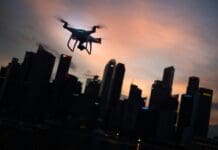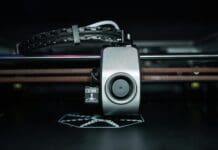This post is also available in:
 עברית (Hebrew)
עברית (Hebrew)
DHS’s BioWatch program aims to provide early indication of an aerosolized biological weapon attack. Until April 2014, DHS pursued a next-generation autonomous detection technology (Gen-3), which aimed to enable collection and analysis of air samples in less than six hours, unlike the current system (Gen-2), which requires manual intervention and can take up to thirty-six hours to detect the presence of biological pathogens.
DHS is taking steps to address the capability gap which resulted from the April 2014 cancellation of Gen-3 by exploring other technology upgrades and improvements to the Gen-2 system.
A Government Accountability office (GAO) was asked to review the technical capabilities of the currently deployed BioWatch system (Gen-2); the Gen-3 testing effort; and the characteristics of autonomous detection as a possible option to replace the current BioWatch system, Homeland Security News Wire reports.
GAO says it analyzed key program documents, including test plans, test results, and modeling studies. GAO assessed Gen-3 testing against best practices, reviewed relevant literature, and discussed the BioWatch program and testing efforts with key agency officials and national laboratories staff.
In a report GAO claims that the Department of Homeland Security (DHS) lacks reliable information about BioWatch Gen-2’s technical capabilities to detect a biological attack, and therefore lacks the basis for informed cost-benefit decisions about upgrades to the system. GAO notes that although DHS officials said that the system can detect catastrophic attacks, which they define as attacks large enough to cause 10,000 casualties, they have not specified the performance requirements necessary to reliably meet this operational objective.
Finally, GAO found limitations and uncertainties in the four key tests of the Gen-2 system’s performance. Because it is not possible to test the BioWatch system directly by releasing live biothreat agents into the air in operational environments, DHS relied on chamber testing and the use of simulated biothreat agents, which limit the applicability of the results.
GAO recommends that DHS not pursue upgrades or enhancements for Gen-2 until DHS reliably establishes the system’s current capabilities.


























